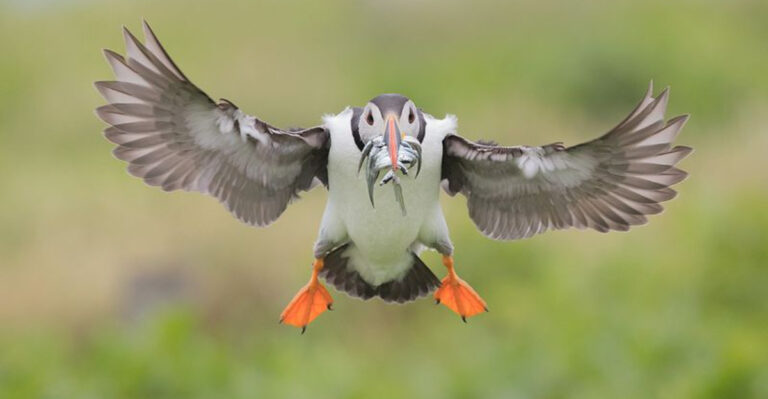From Rainforests To Deserts Places Which Butterflies Call Home
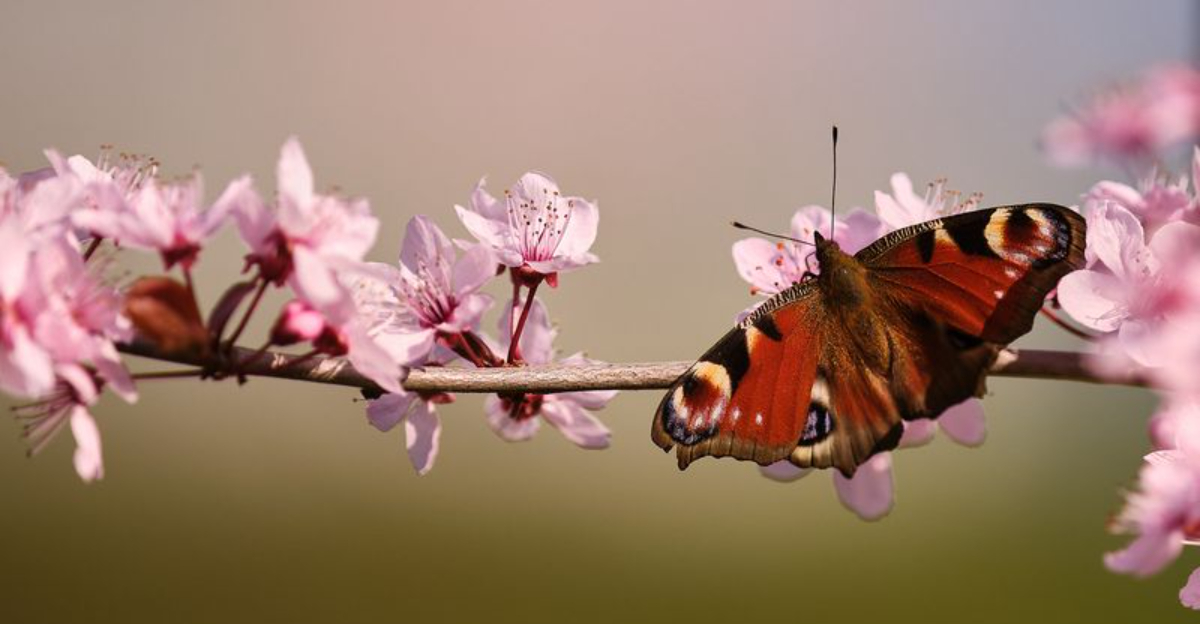
Butterflies are nature’s flying jewels, bringing splashes of color to almost every corner of our planet. These delicate insects have adapted to survive in some of the most unexpected places, from steamy jungles to frozen mountain peaks.
Their remarkable ability to thrive in diverse environments makes them one of Earth’s most widespread and resilient creatures.
1. Amazon Rainforest’s Butterfly Paradise

Imagine walking through a living rainbow where thousands of iridescent wings flutter between massive trees. The Amazon houses over 7,500 butterfly species – that’s about 40% of all known varieties!
Warm, humid air creates perfect conditions for these delicate creatures year-round. Many species, like the electric blue Morpho, have evolved alongside specific rainforest plants in a beautiful dance of survival.
2. Monarch Butterfly Biosphere Reserve, Mexico
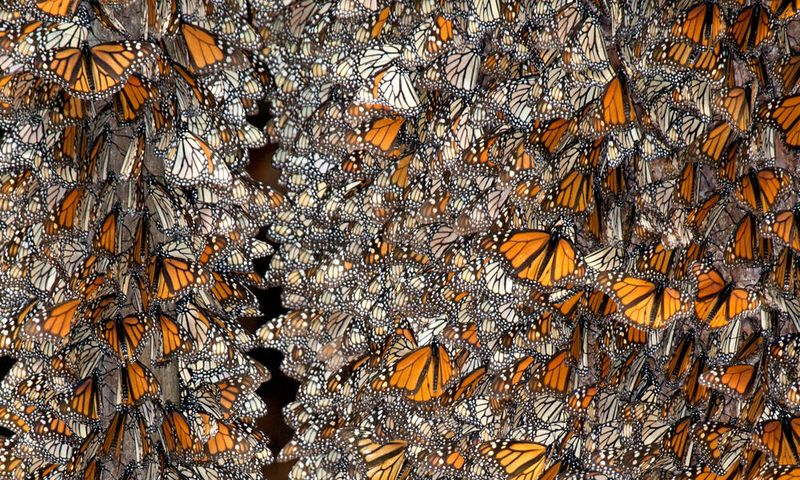
Every winter, a miracle happens in Mexico’s oyamel fir forests. Millions of orange-winged travelers arrive after journeying over 3,000 miles from Canada and the United States.
So many monarchs cluster on the trees that branches bend under their weight! This sacred site represents the largest insect migration on Earth, with butterflies covering every surface in a breathtaking display of survival instinct.
3. Alpine Meadows Above The Treeline
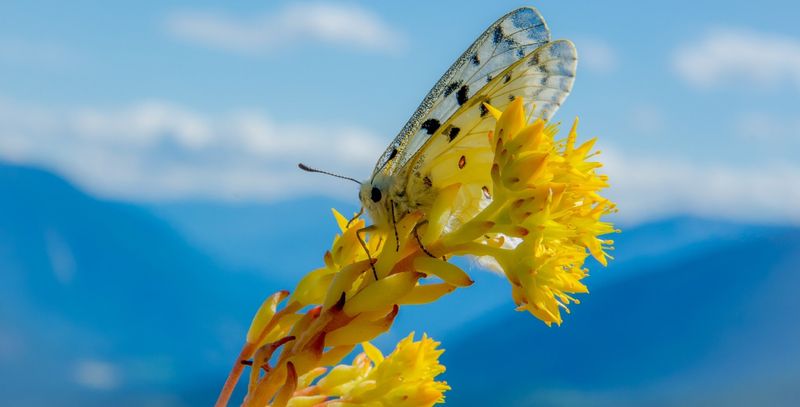
Who would expect butterflies at 14,000 feet? High mountain meadows burst with colorful wings during brief summer months. Species like the Apollo butterfly have special adaptations – darker wings to absorb precious sunlight and furry bodies for insulation.
These tough mountain dwellers race against time, completing their entire life cycle during the short alpine summer before snow returns to the peaks.
4. Sonoran Desert’s Surprising Butterfly Oasis
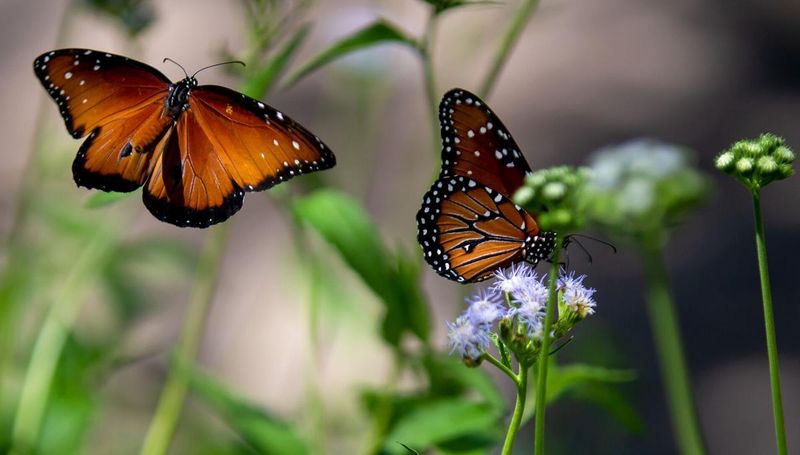
When spring rains transform the parched Sonoran landscape, butterflies seem to appear from nowhere. Desert species have incredible survival tricks – some caterpillars can remain dormant for years waiting for the right conditions!
The Queen butterfly thrives here, feeding on milkweed that would poison most creatures. These desert specialists have evolved smaller, faster wings to navigate between scattered desert plants in search of precious nectar.
5. Tropical Cloud Forests Of Costa Rica
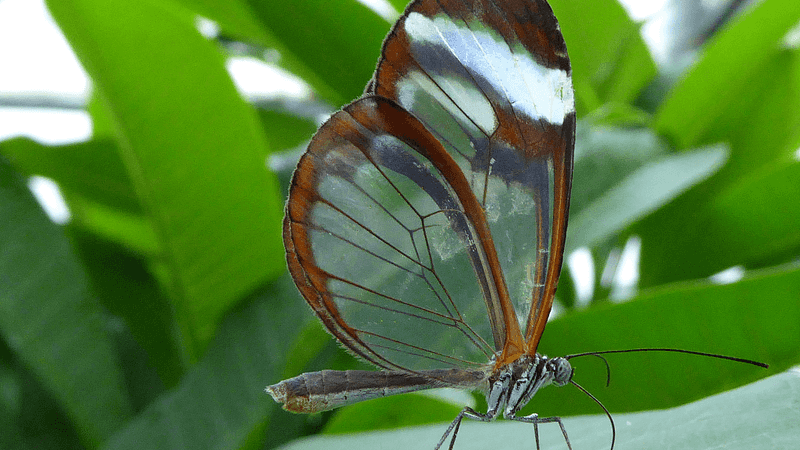
Shrouded in perpetual mist, Costa Rica’s cloud forests create a mysterious realm where butterflies thrive in the constant moisture. The famous glass-wing butterfly showcases transparent wings that seem to disappear against the foggy backdrop.
These unique ecosystems sit at the perfect elevation – not too hot, not too cold – creating a Goldilocks zone for hundreds of butterfly species found nowhere else on Earth.
6. Urban Gardens And City Parks
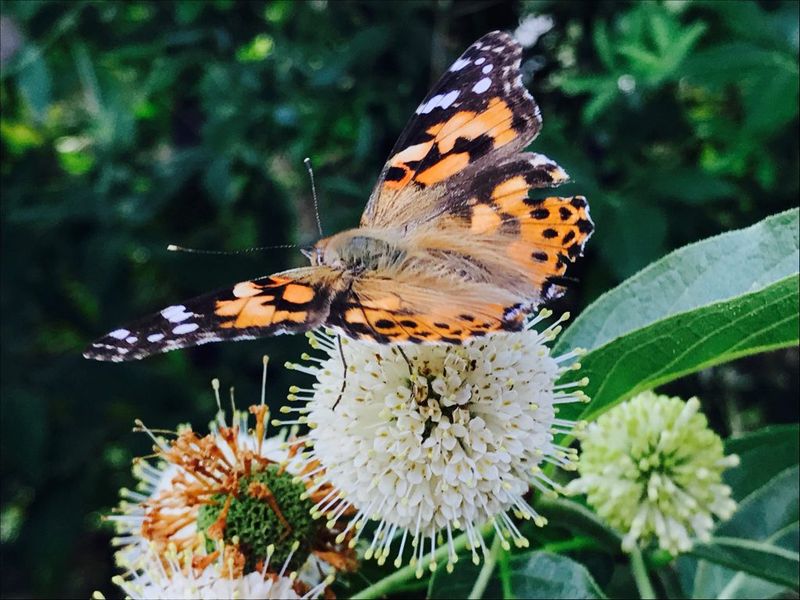
Concrete jungles might seem unlikely butterfly havens, but city gardens provide crucial habitat islands. Even tiny balcony planters with the right flowers can attract these resilient insects!
Urban butterflies have adapted to navigate between green spaces using incredible navigation skills. Species like the Painted Lady thrive despite pollution and limited resources, proving nature’s remarkable ability to adapt to human-altered landscapes.
7. Florida’s Everglades Wetland Wilderness
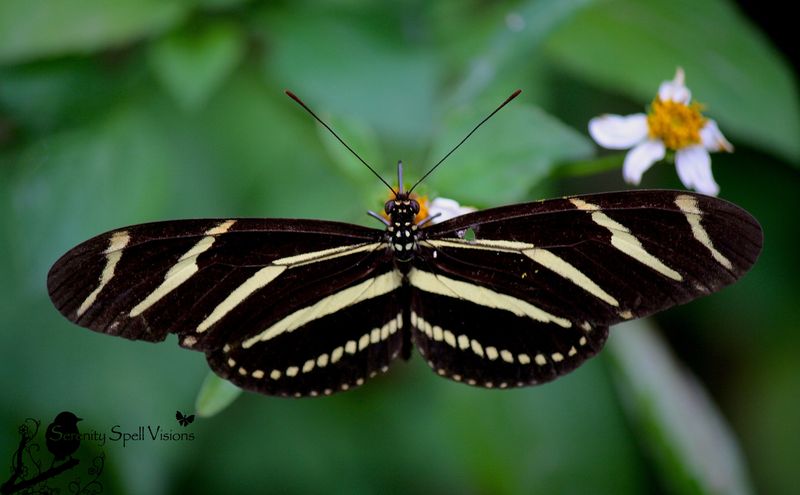
Floating between cypress trees and sawgrass prairies, the Everglades’ butterflies have mastered life in America’s largest subtropical wilderness. The Zebra Longwing – Florida’s state butterfly – flits through dappled sunlight with distinctive black and yellow stripes.
Unlike most butterflies that live just weeks, these remarkable creatures can survive six months by digesting pollen, not just nectar! This protein-rich diet fuels their unusually long lifespan in this watery paradise.
8. Japanese Cherry Blossom Groves
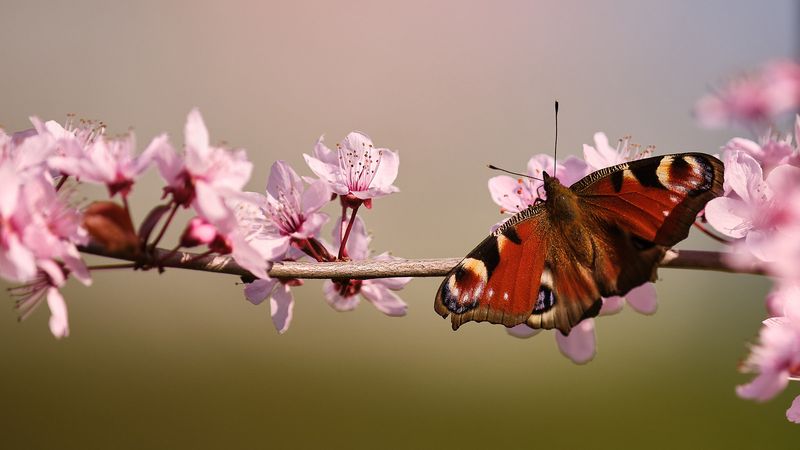
When Japan’s famous sakura trees burst into pink clouds each spring, they become magical butterfly magnets. The spectacle draws both human admirers and special butterfly species like the Japanese Emperor.
These butterflies time their emergence perfectly with the cherry blossoms, creating a fleeting moment of harmony between insect and flower. Local traditions celebrate this seasonal dance as a symbol of life’s beautiful but temporary nature.
9. Australia’s Ancient Daintree Rainforest
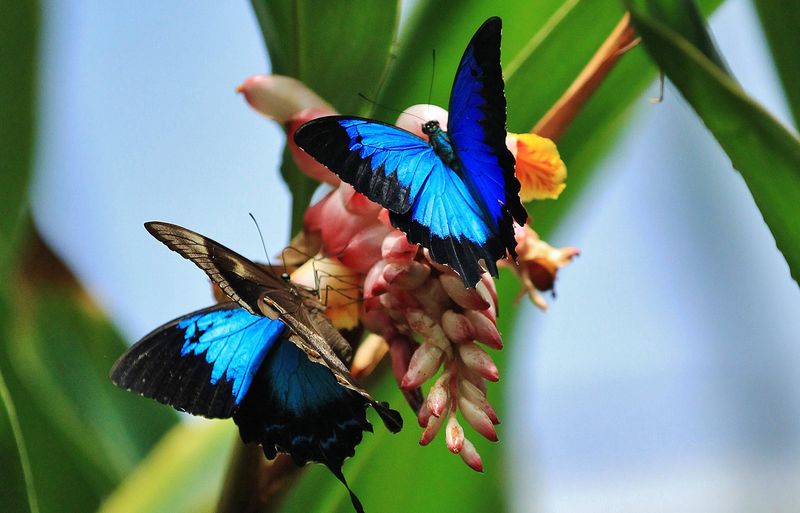
The world’s oldest rainforest hosts some of its most unusual butterflies. The electric-blue Ulysses butterfly seems to glow against the Daintree’s prehistoric backdrop, a forest that dinosaurs once roamed!
Some butterfly species here have remained unchanged for millions of years. The Daintree’s isolation created a living museum where ancient butterfly lineages continue their age-old dance with flowering plants in this evolutionary time capsule.
10. African Savanna’s Seasonal Butterfly Explosions
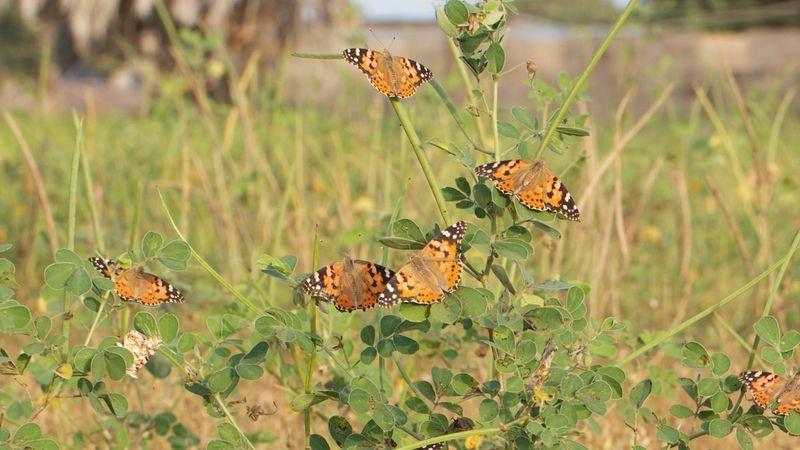
After the first rains break the dry season’s grip, Africa’s grasslands transform into butterfly wonderlands overnight. Millions emerge simultaneously in a survival strategy timed to the brief wet season.
The African Monarch performs massive migrations across the savanna, following flowering plants. Predators like birds become overwhelmed by the sheer numbers, ensuring enough butterflies survive to continue this spectacular cycle that’s played out for countless generations.
11. Namibia’s Namib Desert Butterfly Survivors
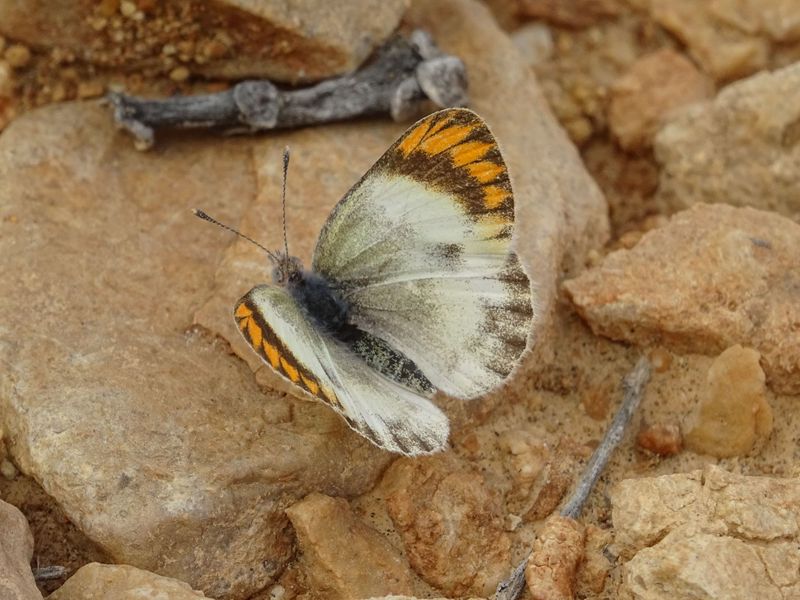
This ancient desert may seem lifeless, but hardy butterfly species have carved out a niche in its harsh climate. Endemics like Colotis subfasciatus rely on ephemeral desert blooms and fog-fed vegetation for survival.
Some lay eggs timed to rare rain events, ensuring their larvae hatch just as food becomes available. Their presence proves even Earth’s driest places can support nature’s most delicate creatures.




